Citation:
| REPRINT | 474 KB |
Abstract:
Soon after his return from the Malay Archipelago, Alfred Russel Wallace published one of his mostsignificant papers. The paper used butterflies of the family Papilionidae as a model system for testingevolutionary hypotheses, and included a revision of the Papilionidae of the region, as well as thedescription of some 20 new species. Wallace argued that the Papilionidae were the most advancedbutterflies, against some of his colleagues such as Bates and Trimen who had claimed that theNymphalidae were more advanced because of their possession of vestigial forelegs. In a very importantsection, Wallace laid out what is perhaps the clearest Darwinist definition of the differences betweenspecies, geographic subspecies, and local ‘varieties.’ He also discussed the relationship of thesetaxonomic categories to what is now termed ‘reproductive isolation.’ While accepting reproductiveisolation as a cause of species, he rejected it as a definition. Instead, species were recognized as formsthat overlap spatially and lack intermediates. However, this morphological distinctness argument breaksdown for discrete polymorphisms, and Wallace clearly emphasised the conspecificity of non-mimeticmales and female Batesian mimetic morphs in Papilio polytes, and also in P. memnon, on the groundsof reproductive continuity. Finally, Wallace detailed how natural selection explains various forms ofparallel evolution, including mimicry.
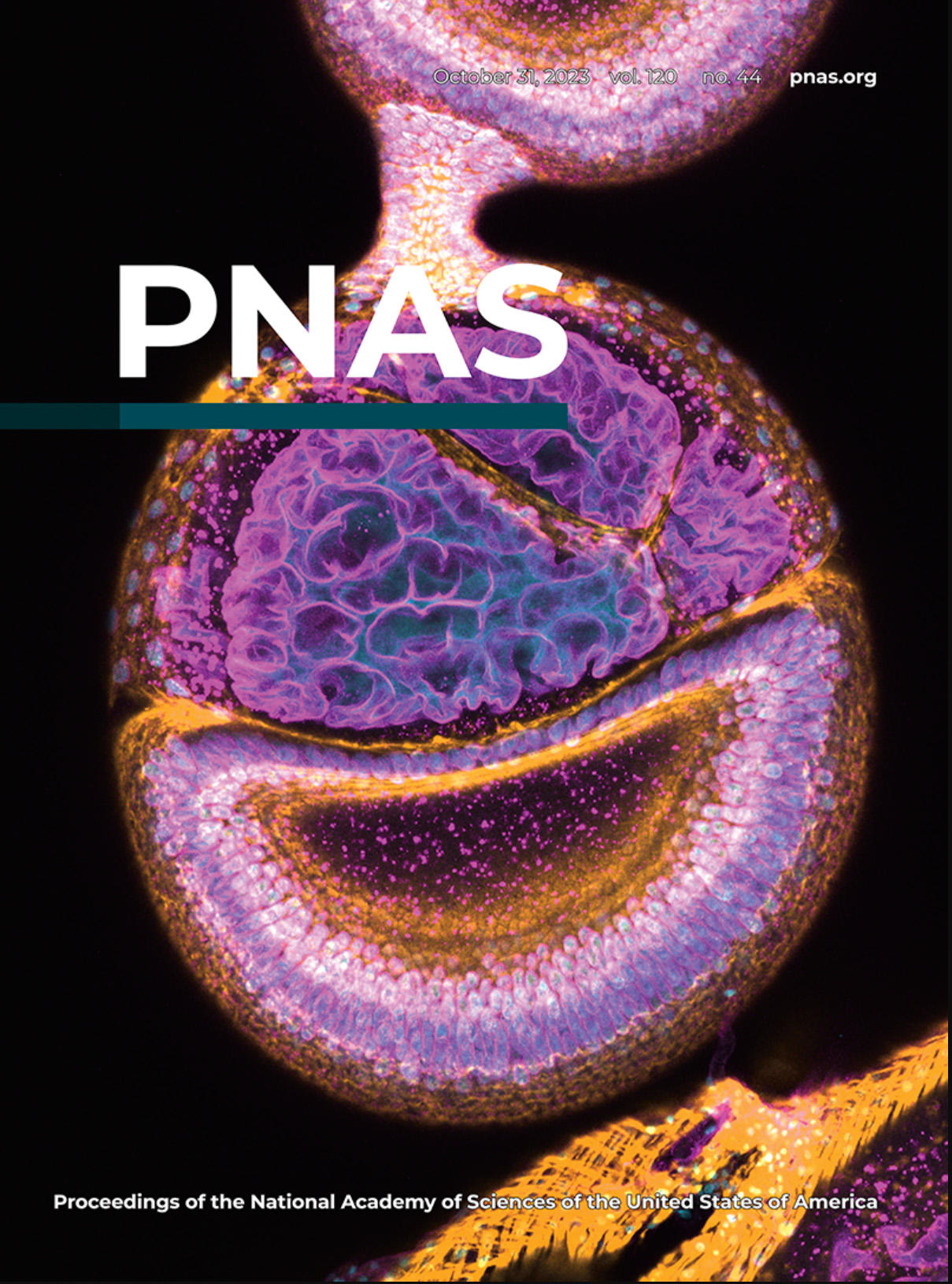
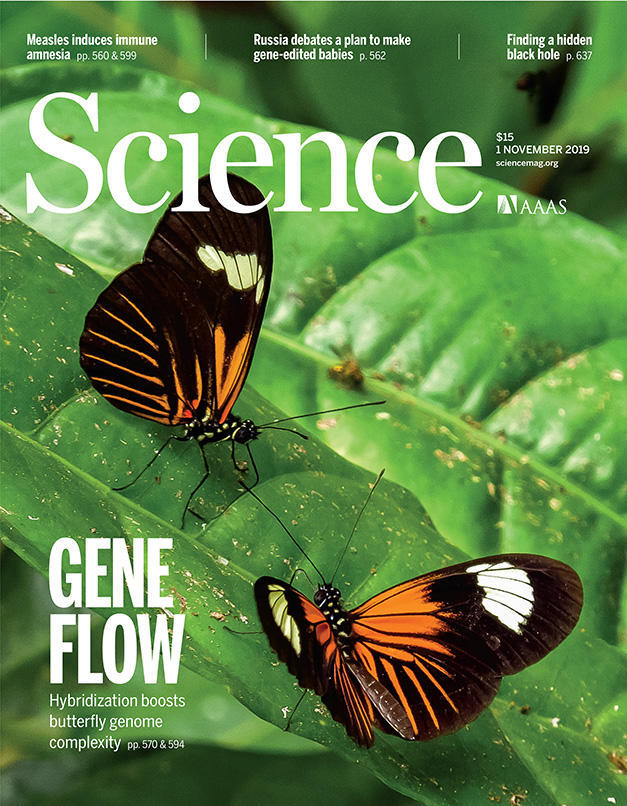
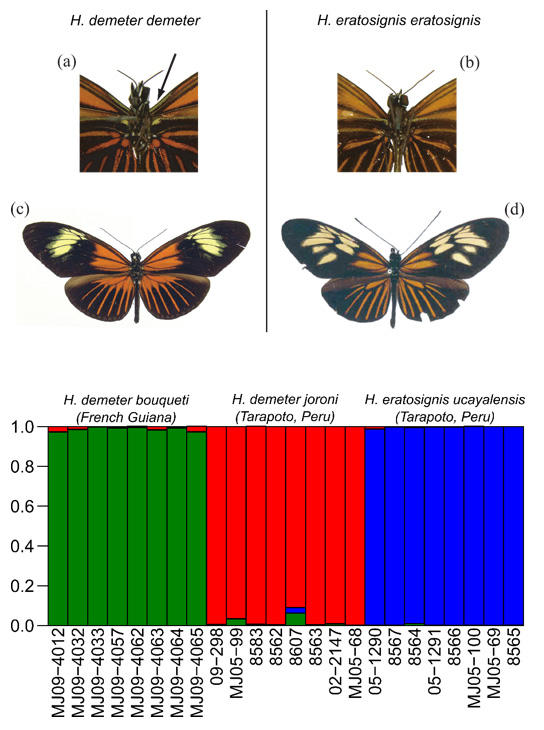

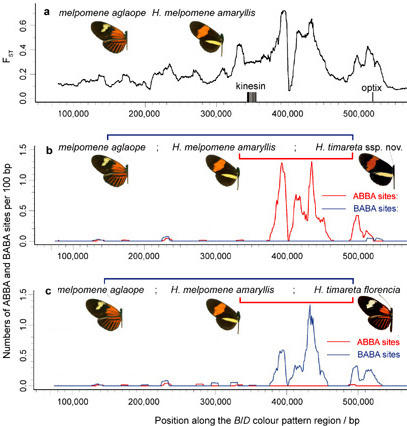
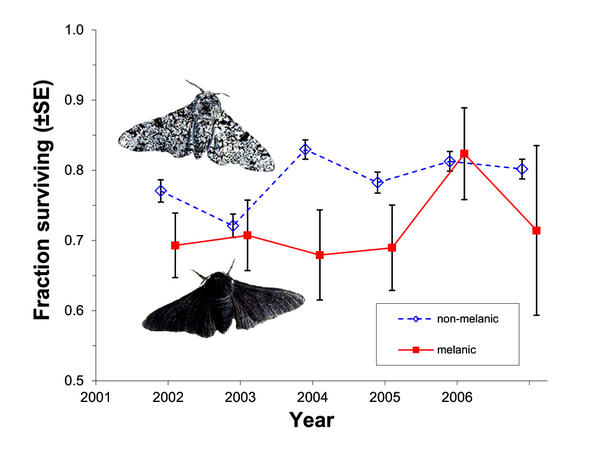 Selection against melanism in UK after the Clean Air Act.
Selection against melanism in UK after the Clean Air Act.